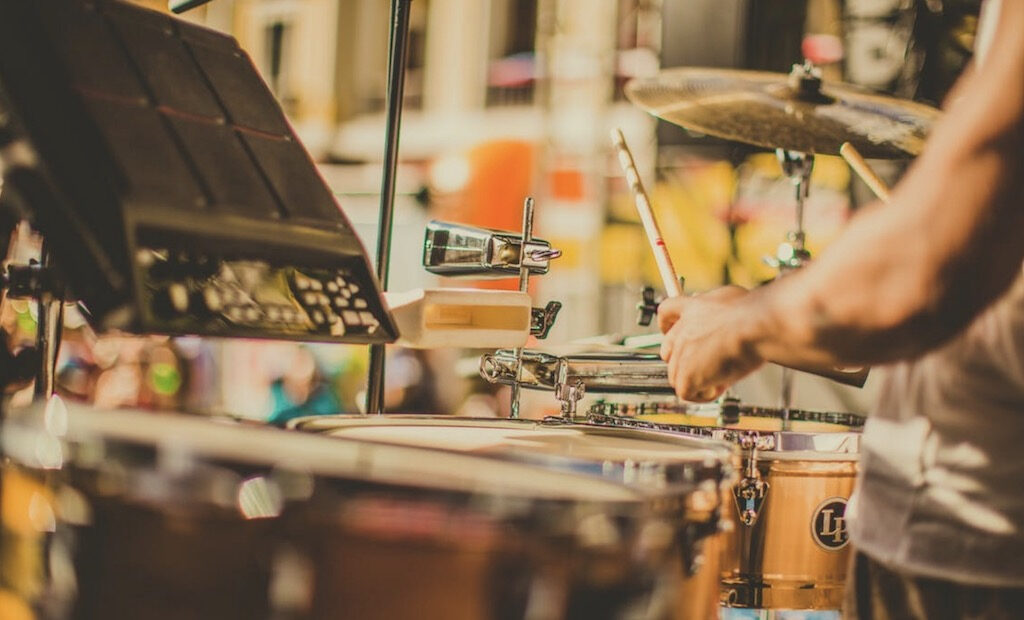How to keep a drum set in fantastic shape

If someone has recently bought a drum kit and has been playing non-stop, it means they are making a great use of the instrument. Just remember that the store-bought, like-new condition won’t last with months of rocking out; it’s necessary to know how to keep the drums in top-shape.
Drums need to be in impeccable shape to ensure they give off the best possible sound. Let’s go over some ways to maintain a drum kit to last as long as possible.
Know how to clean the kit
Consider wiping down the drum kit every time it’s used, or at least once a week. This wipe down can be a quick pass over the set with a cloth and Windex. Windex does a great job of removing grease and dirt from the drums.
Think about doing a thorough cleaning once every couple of months. This thorough cleaning should involve dismantling the set and cleaning with a high-quality polish.
Many music stores like Drum Center of Portsmouth sell specially made drum polish, but a gentle household cleaner like Pledge could also be used.
Cover the drum kit
Whenever possible, the kit should be kept covered. This covering will help to prevent the buildup of dust and other unwanted substances on the drums. It will also help to mitigate the damage in the unfortunate event of spilling something onto the drums. Lastly, a cover will help protect the drum from dings and scratches.
There’s not need to worry about finding a specially designed cover. Often, a sheet or drop cloth will do the trick. This small action can significantly lengthen the drums’ life if it’s employed regularly before and after concerts/
Replace the drumheads every so often
When the drum is taken apart to be cleaned, it’s necessary to take a good look at the drumheads. Drumheads generally have a much shorter life than the rest of the kit, so odds are that they will have to be replaced them. Worn-out heads do not sound nearly as good as fresh ones, so it’s better to get new heads regularly.
There is no rule about how often drumheads need to be replaced. However, usually, it can be told when they become so worn that performance is affected.
Ensure screws are tight
Over time, the screws holding the pedal together become loose. Those should regularly checked to ensure these screws are in the proper position: no one wants to find themselves performing a gig with a malfunctioning pedal.
It’s a good idea to keep some extra screws to prepare for the off chance that these screws fall out without beind noticed.
Store the drum kit in cases
The safest place to keep the drum set is in a hard case. If someone consistently travels with their drum, then getting a case becomes crucial.
Drums most commonly get damaged during transport. This risk of dents and scratches can be significantly reduced by always storing the drums in the case. At the very least, it should be ensured that the drum kit is secured and will not move around in whatever vehicle it is being transported in.
Conclusion
Owning a drum kit is a lot of fun, but it is also a huge responsibility. With a little bit of work regularly, it’s easier avoid running into a huge, unfixable problem down the road.
By following all the above suggestions, a long and enjoyable relationship with the drum kit will be possible.
The editorial unit

























Facebook
Twitter
Instagram
YouTube
RSS